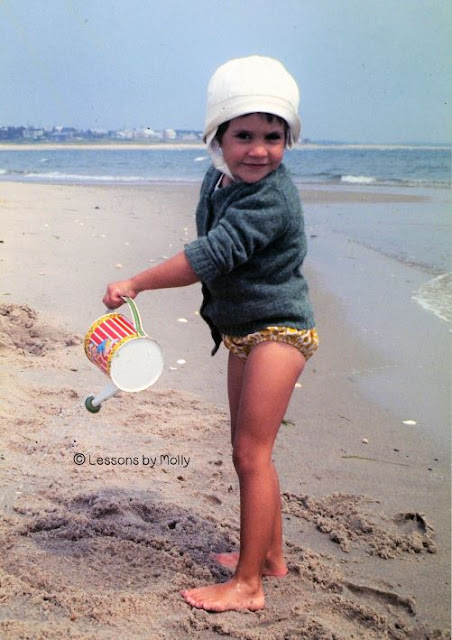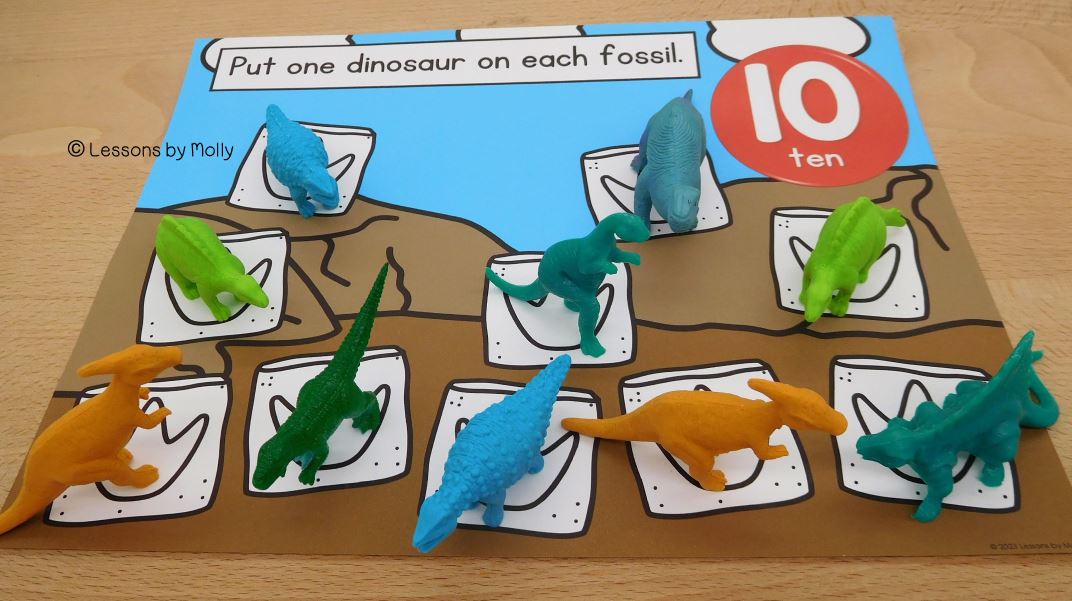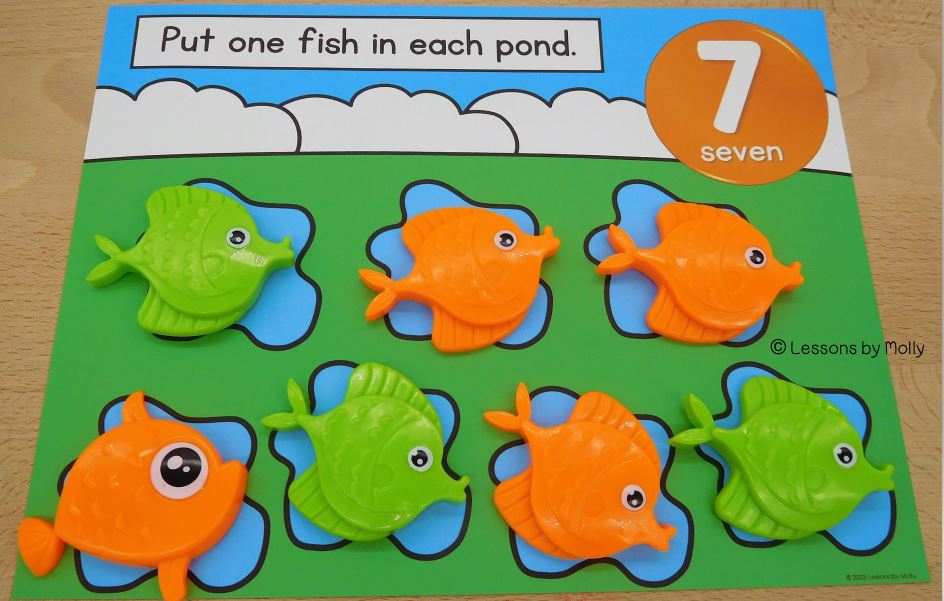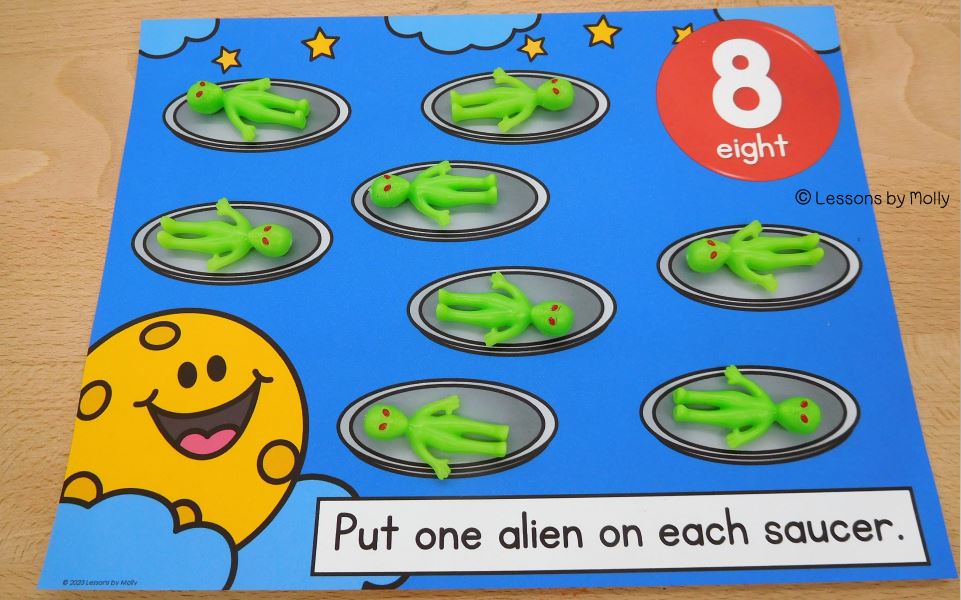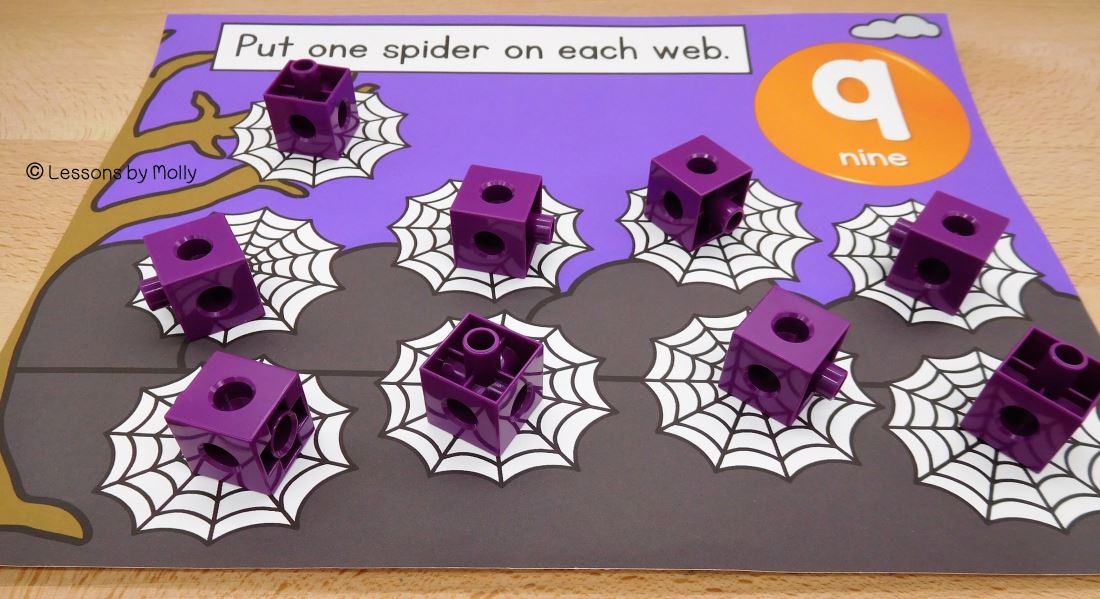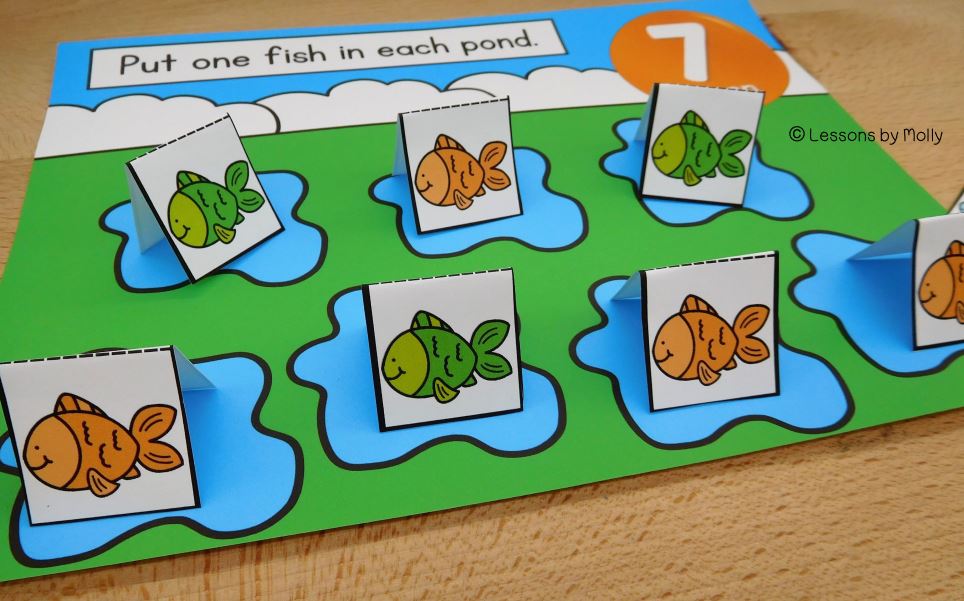Introduction: Hello, dear readers! Today, I briefly summarize the main points covered in my previous blog posts on repeating patterns. If you haven't had a chance to read them yet, don't worry! I've included links at the end of this post for your convenience. However, there's one key takeaway you should remember above all else. Before venturing into other pattern types, ensure mastery of the five components within the ABABAB pattern. I'll reveal why this is crucial in the final point, so keep reading!
Before we dive in, let me assure you that the Virginia 2016 Standard of Learning K.13, specifically focused on patterning, has been our guiding star throughout these discussions.
1. Stick to the Standard: To effectively teach patterns, creating lessons plans centered on the objective is crucial. The VDOE Curriculum Framework serves as a detailed guide, ensuring alignment. Only purchase or create educational resources after first checking their alignment. Start by examining the patterning standard. Then find activities that specifically address the component you plan to teach.
2. Verify Claims of Alignment: Beware of claims that educational products are "fully aligned with the standard." Conduct your research to confirm if these activities truly align. Remember, there are five different skills to cover with the patterning standard: identifying, describing, extending, creating, and transferring repeating patterns. Neglecting any of these components means the standard has yet to be fully taught.
3. Create Inclusive Activities: Consider students with color vision deficiencies when designing patterning activities. Avoid relying solely on color. For instance, instead of using alternating colored craft sticks, use different sizes and colors. This approach ensures engagement for all students.
4. Explore Various Mediums: Encourage students to express patterns using a variety of attributes such as colors (when combined with other characteristics), sizes, shapes, and spatial orientation. By introducing different mediums, you create a richer learning experience.
5. Collaborate with Fellow Educators: Utilize the expertise of your school's music, physical education, and art teachers. They can provide additional opportunities for exploring sound patterns, movement patterns, and representation with artistic designs. Ensure all educators working with your students know the required pattern types for kindergarten.
6. Find Patterns in Nature: Nature can be a fantastic teacher of patterns. Encourage students to observe and identify cyclical patterns like day and night. They can also describe the design patterns such as the stripes on a zebra's fur or the shell of an ornamental gourd. These real-life examples help them understand natural designs on animal coverings and parts of plants.
7. Tap into Manufactured Patterns: Seize everyday habits like weekly mealtime routines (breakfast, lunch, and dinner). Look for manufactured designs on fabric such as students' clothing or the repeating pattern of stripes on the American flag. By making connections to familiar patterns, students grasp the concepts more effectively.
8. Integrate Patterns Across Core Subjects: Incorporate patterns into core subjects. For instance, during a science unit on plants and animals, provide picture cards and ask students to arrange them alternately: animal, plant, animal, plant. Apply the same method to literacy activities using initial sounds and pictures. This cross-curricular approach saves time and reinforces multiple skills.
9. Assess Student Progress: Use an analytic rubric that addresses all the components of the patterning standard. Evaluation helps determine appropriate independent patterning activities and groupings. Tailor math centers based on individual student abilities. Ensure students have mastered each component before progressing to the next pattern type.
10. Stay in the Lane of Mastery: Above all, remember this crucial takeaway: Stay within the ABABAB patterning lane until students have mastered all five components. Students needing help identifying, describing, extending, transferring or creating an ABABAB pattern, are unprepared for other pattern types. Moreover, avoid prematurely using worksheets or online educational products that mix tasks with multiple pattern types. Instead, provide students with focused activities that solely concentrate on the ABABAB pattern until they achieve mastery. Once they have demonstrated proficiency in the ABABAB pattern, introduce activities that isolate the ABCABC pattern, followed by the AABBAABB pattern. Then introduce the AABAAB and the ABBABB patterns. Only when students have confidently mastered each pattern type in isolation should varied tasks, combining different pattern types, be presented. This sequential approach ensures students build a strong foundation in each pattern type.
Conclusion: As we conclude this summary, I hope you find these key points valuable for your teaching journey. Please explore the complete series for further details and insights. The links are shown below.
1. Kindergarten Repeating Patterns Objective: Unveiling the Five Components
2. The Magic of Patterns: How Young Children Express Repeating Patterns with Objects, Pictures, Sounds, and Movement
3. Repeating Patterns in Kindergarten: The Many Layers of a Learning Objective
4. Exposing the Gap Between Alignment Claims and Objective: Repeating Patterns
5. Repeating Patterns: Worksheets Aligned with a Kindergarten Standard
6. Patterning with Practical Situations and in Nature
© 2023 Molly McMahon, Lessons by Molly
(References:
1. Virginia Department of Education, Standards of Learning, 2016.)












